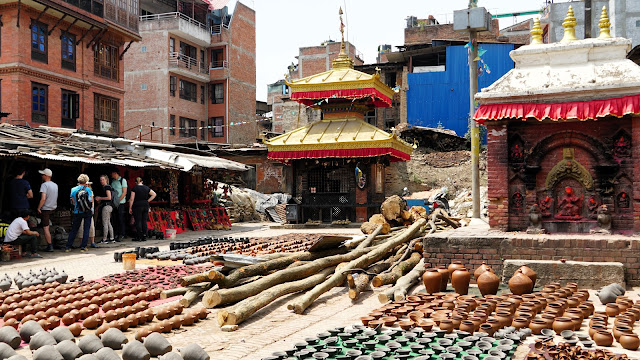The one in March was fully self-funded and the one in June was partially funded because it was an extension from work trip. I did end up trying new food but mostly without photos because of friends who disapproved of my food photo taking habits.
My trip in March coincided with Mardi Gras and accommodations were expensive. I booked them quite last minute and found an Airbnb listing in Burwood.
 |
| Burwood Chinatown |
 |
| Have a rice day |
Seoulria
Level 2/605-609 George St, Sydney NSW 2000
Yang San Park
Number One Dixon Shopping Centre
Shop 21/1 Dixon St, Sydney NSW 2000
I had 2 Korean meals during my March trip. When we went to Seoulria, one of my friends is a vegetarian and another doesn't eat pork. So we opted out of Korean BBQ. I met up with a friend in Sydney for work secondment the next day and friend wanted Korean BBQ. So we went to Yang San Park. Food in both Korean restaurants were good. The staffs helped us cooked the food on grill in Yang San Park.
Shop 10/339 Sussex St Sydney
We went to the outlet in the CBD. There were 5 of us and we ordered our own main meals and got a box of crackers to share. I ordered nasi kapau ikan asin. The portion was huge and I was stuffed. It is not a place one can linger and chat though.
Level 3, Market City, 9-13 Hay Street, Haymarket NSW 2000
Booking only for private room basis. Otherwise on walk-in basis. Friend and I went on a Saturday morning. It was busy but it is a big venue. We ordered more after this but didn't take more photos. I enjoyed this and looked forward for another round of dim sum here.
They have a few outlets but the one I had was bought from the shop in Burwood by my colleague. I was introduced to this Lebanese knefe cheese bun. Taste wise, I do like it but I had so many other meals prior that I kept this for 3 days before I had a taste so the texture was a little soggy by then.
I tired to heat them up in the microwave available in the hotel room but I dare not leave them too long because there was a warning sign about heating bread.
I visited a friend at his house and was treated to a very tasty South Indian food of pongal, masala dosa, 2 types of chutneys and vade. Dessert was pal payasam. Yumm. His wife even packed me some to bring back to Melbourne.
I was introduced to this new precinct at Mascot and waned to check it out but it rained the whole of Saturday on my visit in June so I was pretty much indoors. Next time it is.
Side note: Merry Christmas ^^










.jpg)
.jpg)







































